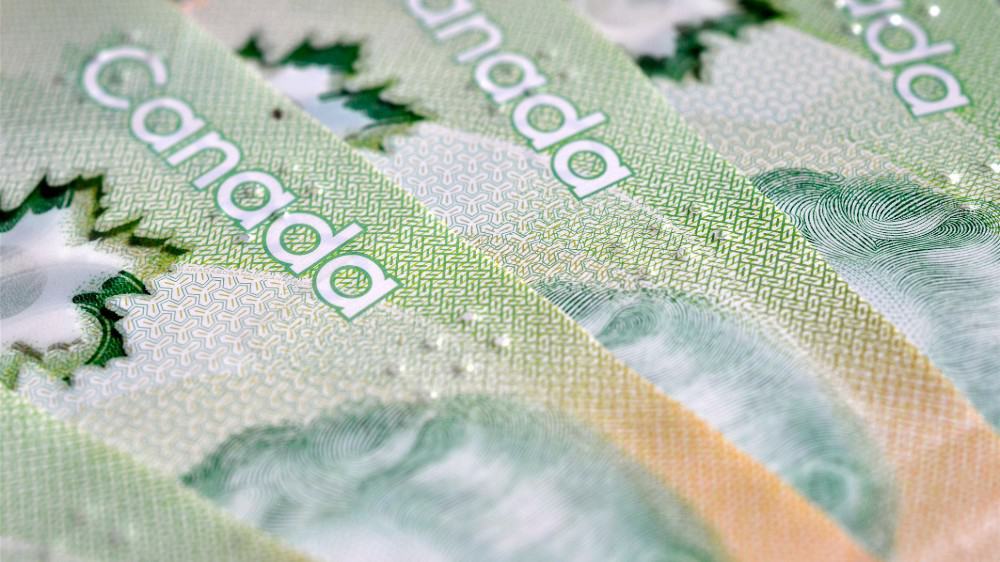The Canadian government has given out about $53.5 billion to its most affected citizens in the form of CERB payments. Along with the wage subsidy, which was aimed at keep job losses at a minimum, this has pushed the government’s direct spending to $174 billion. This is a staggering number, especially if you consider how thin the government’s resources have been stretched and fighting this pandemic in multiple fronts.
That said, the CERB is working out. The government took a considerable risk when it took the “pay now, ask questions later” approach to CERB. But the commitment to provide the money to those in desperate need has paid off.
Record low insolvencies rate
Insolvencies that include both bankruptcies and proposals declined 51% in May. Only 6,111 filings were reported for May, the lowest number since 2000. Though CERB isn’t the only major component behind this trend, banks and other financial institutions have allowed people to defer paying off their mortgages, credit cards, and other loans, until they get back on their feet.
Combined, the government’s aid and payment deferrals have allowed Canadians to stay afloat. But some experts believe that this optimism is naïve and that the low bankruptcies we see right now are just skewed statistics. Because there is no doubt that Canadians are losing jobs at an alarming rate, and when CERB and payment deferrals stop, the loss of income may cause insolvencies to skyrocket.
Still, the current conditions are far better than what we’re seeing south of the border. The bankruptcies numbered 177,198 in March, 215,656 in April, 255,647 in May, and 298,080 in June. That’s a 68% increase in just four months. We are nowhere near this pattern, thanks in part to CERB. Let’s just hope that the economy recovers enough to create jobs and control unemployment before CERB runs out.
Passive income
Unless you have an unusually hefty amount that you can invest in creating an income stream (leveraging both dividends and capital growth), investment is unlikely to replace a primary source of income for low to medium earning families, at least right away. What it can do however, is help you build enough of a nest egg that you can sustain a few months of lost income, as many people had to do during the pandemic.
One stock that may be a good place to start is the Canadian National Railway (TSX:CNR)(NYSE:CNI). It’s a steady growth stock as well as a Dividend Aristocrat with a decent growth rate. CNR increased its dividends by 53% in the past five years.
Another reason to pick that stock is its powerful position in the transportation sector. It’s the largest railway in the country, connecting to three coasts with a 20,000-mile long network.
CNR carries 300 million tons of cargo every year, including petroleum and chemicals, grains and fertilizers, forest products, and metals and minerals. The company invests billions of dollars in sustaining and improving its infrastructure.
If the company can replicate its growth rate of the five-year compound annual growth rate (CAGR), 12.2% for two decades, just $100 every month in CNR can get your nest egg to grow up to $94,000. Even if your household needs $6,000 a month, you can survive a year and three months on this amount.
Foolish takeaway
It’s the job of the government to help its people out in crises. But with a little financial discipline, savings, and investments, you can get by even without government intervention. And it’s not just about surviving, either. If you are used to relying upon benefits, you might not be able to improve your lifestyle beyond a fundamental level.
With savings, investments, and careful spending, you can become debt-free and pursue a more fulfilling lifestyle.










